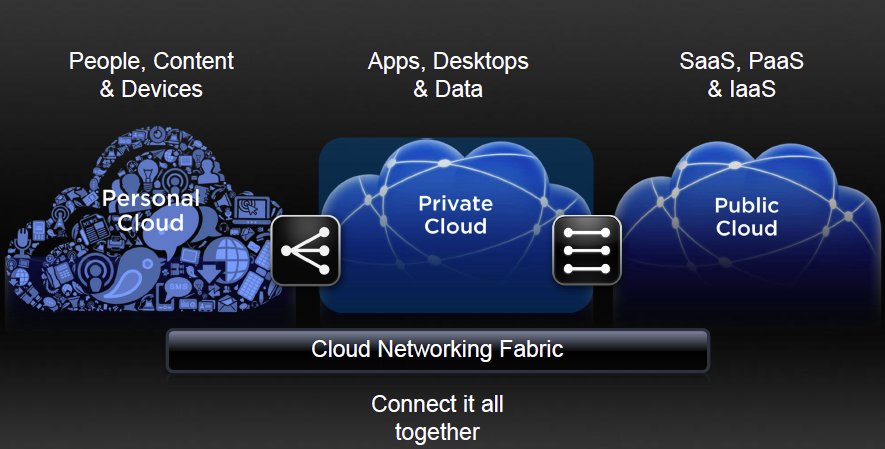As Users “Go Virtual” Traditional Desktops are Evolving into “Personal Clouds” Where End Users Bring Their Own Devices, Contacts and Data
Citrix Synergy 2011
Today at Citrix Synergy, where virtual computing takes center stage, Citrix Systems announced its vision for enabling a more virtual workstyle for end users through the concept of a “personal cloud”. As users “go virtual” in all aspects of their life, the notion of doing all their work on a single traditional desktop in one physical location is rapidly evolving. Increasingly, people everywhere are embracing a BYO mindset where they can pick up any device, and have full access to all the apps, desktops, data, contacts, and services they need to do their jobs, without having to think about where those resources are actually located, where data was saved, or what platforms each app component was initially designed to run on. The freedom to work in this way, completely untethered by the limitations of the past, is what personal clouds are all about.
Why it Matters
Understanding how to enable personal clouds for end users is important because it helps address the most dramatic shift in IT since the advent of the personal computer itself – the consumerization of IT. Consumerization is much more than a trend; it is the new reality for IT. Offering people the flexibility to work from anywhere on any device is no longer a luxury reserved for the select few. It is a fundamental requirement for all businesses and organizations hoping to attract and retain the best and brightest people. Today, it is no longer a question of if IT will deliver this level of choice and flexibility to their users; the only question is how they will do it.
How Can IT Enable Personal Clouds for their Users?
Personal clouds start with people and the devices they use, including PCs, Macs, smartphones and tablets. So the first component IT needs to address is the ability to support the DEVICE. The next major consideration is how to securely DELIVER on-demand apps and desktops to anyone, regardless of where those resources originate. IT must also address the DATA – where and how business documents and files are viewed, edited, stored and secured – data that follows the user to provide easy and seamless access anywhere on any device, and can be secured at all times. Finally, IT needs a robust set of COLLABORATION capabilities for people to virtually meet and support one another from anywhere.
New Citrix Announcements to Enable Personal Clouds
Citrix enables companies of all sizes to transition from traditional desktop computing to more flexible, mobile “personal clouds” by offering a complete portfolio of virtual computing infrastructure solutions.
The company made several announcements today to support this vision:
- Citrix Receiver™ Now Enables Over 1 Billion Devices – Citrix Receiver, an award-winning universal software client, is now available for more than 1 billion devices, including thousands of different PCs, Macs, tablets and smartphones.
- Citrix Enhances HDX™ Experience for Multimedia and Cloud – the most significant upgrade ever to the market-leading Citrix HDX technology dramatically enhances performance, fidelity and bandwidth utilization for rich media services like video, audio and 3D graphics, especially when delivered over wide area networks or from external cloud environments.
- New Cloud Gateway Delivers SaaS, Web, Windows Apps – this new NetScaler product deployed as a physical or virtual appliance sits at the “front door” of corporate datacenters giving IT an easy, unified way to orchestrate the delivery of any mix of SaaS, web and Windows apps to end users. Supports all browsers and all versions of Citrix Receiver for any device.
- GoToMeeting® with HD Faces Enables “Telepresence for Everyone” – integrates high-definition video collaboration as a built in feature of GoToMeeting at no extra charge. Open public beta now available.
- GoToManage® for iPad supports Virtual Workstyles – a free new iPad app that enables anyone to securely troubleshoot and provide real-time technical support to a computer user’s system from anywhere.
